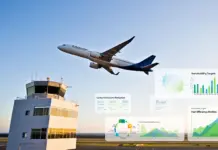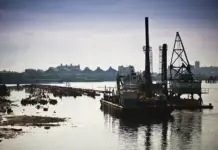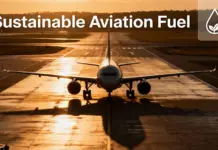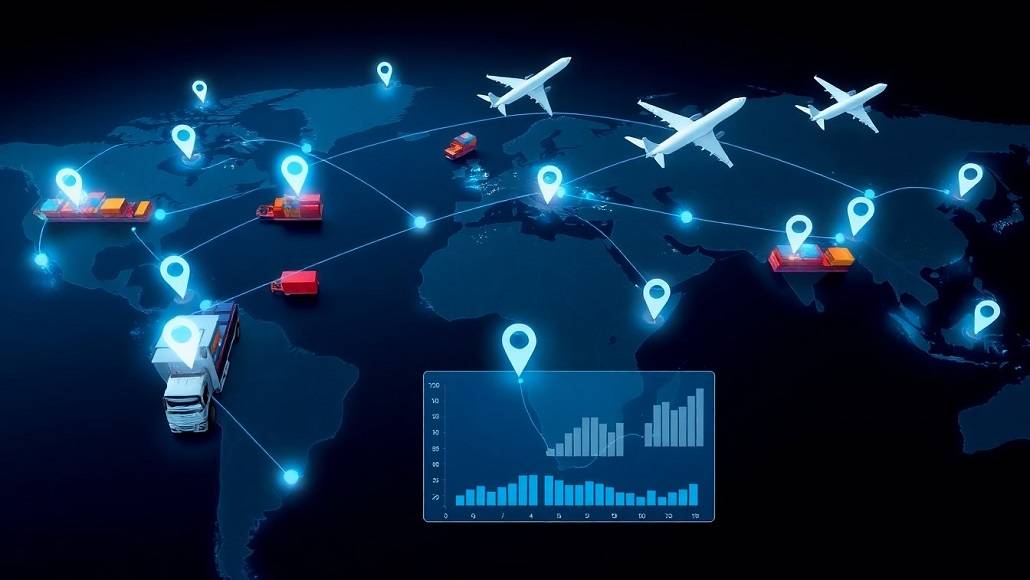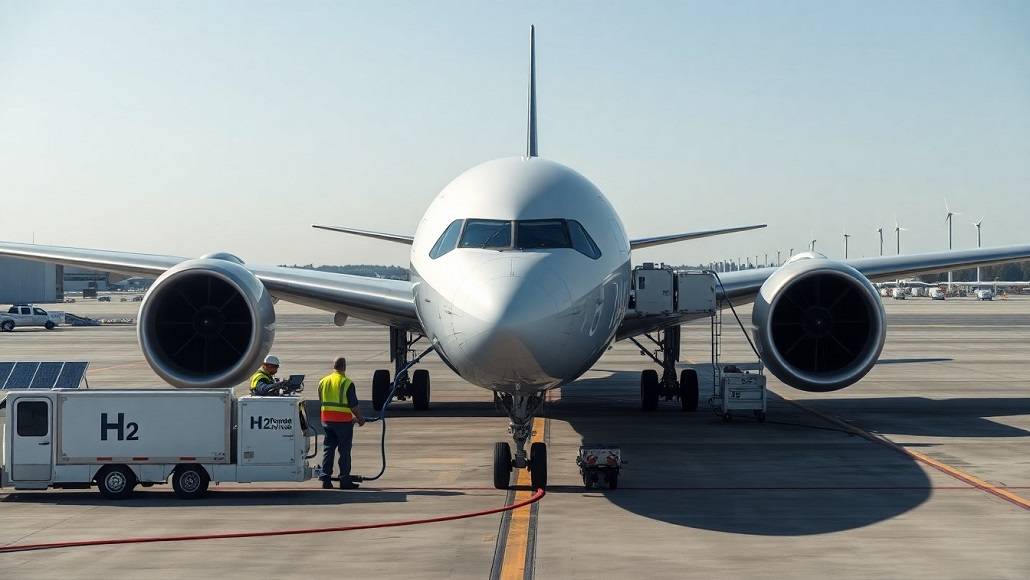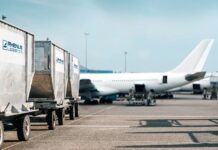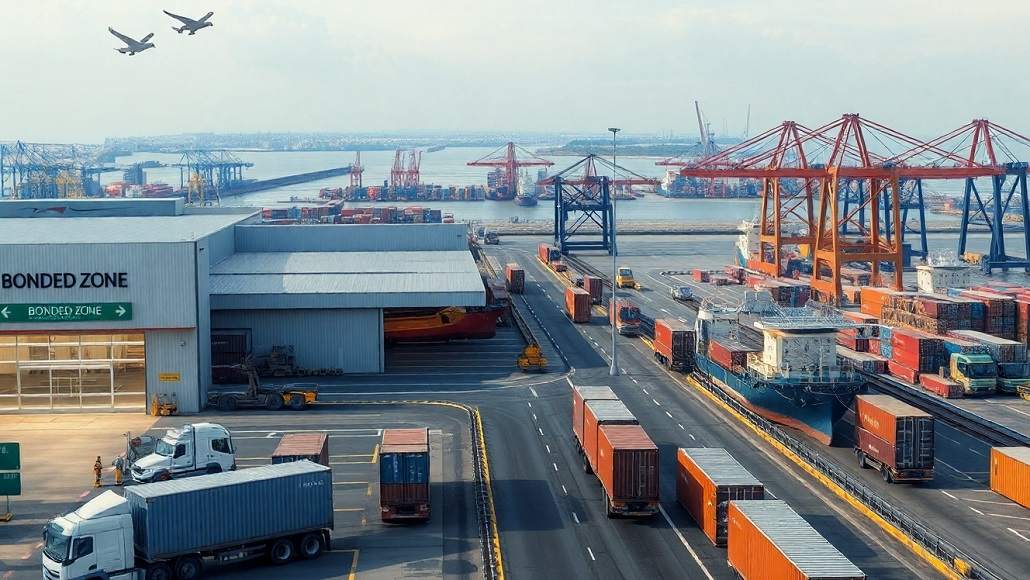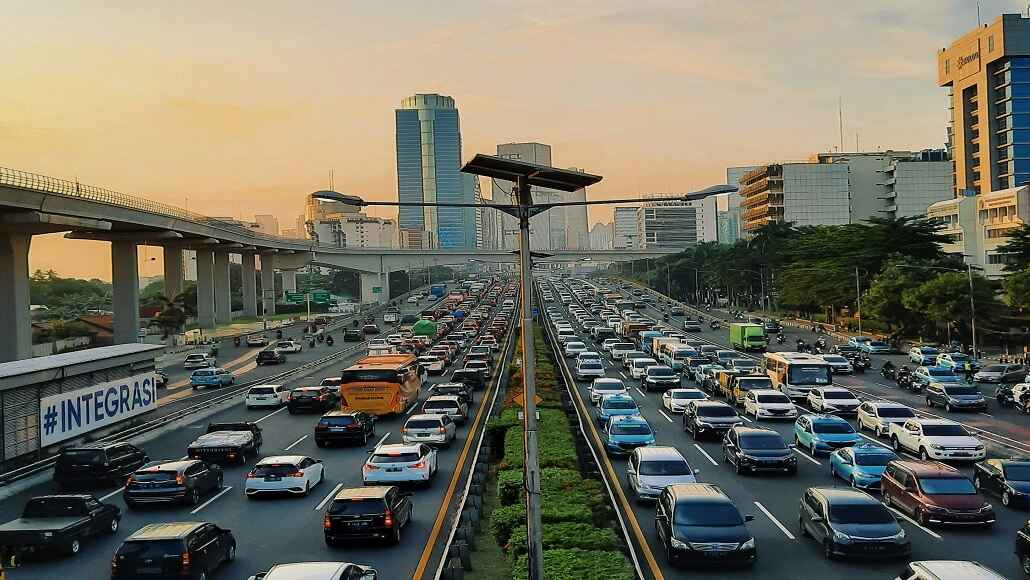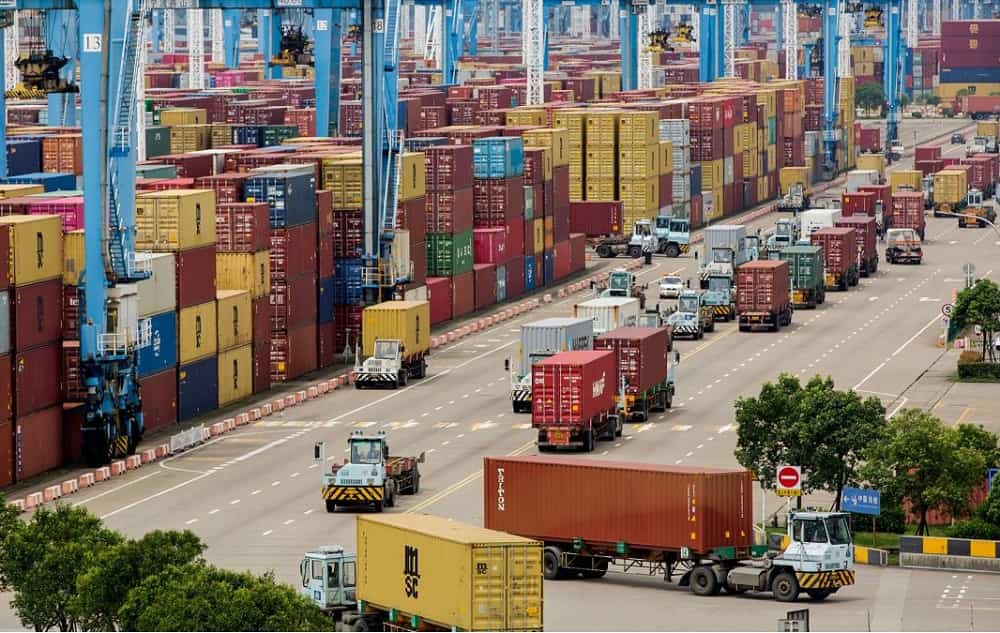Keypoints
- Sea shipping rates in China have increased by 4% but are expected to slow down. However, air freight is a major concern as its rates have seen a surge of 50% since the beginning of January.
- A few shipping companies have already suspended their operations, leading to a strained system.
Spot rates of sea shipping have gone up by 4% when it comes to the Asia-to-US west coast route, as per Judah Levine, who is the research head at Freightos Group. However, he also confirmed that rates may not rise any further as manufacturing slows due to factory closures for the Lunar New Year holiday. But as far as air cargo rates are concerned, they might not be as well behaved as sea shipping. Because there is still time to move shipments by air due to the pre-holiday rush, the cargo rates aren’t looking at an immediate fall. According to Air Index by Freightos, the per kg rate from China to North Europe was $9.59 in mid-January, an increase of more than 50% since the beginning of the month.
The lunar new year happens to be the biggest of all the Chinese holidays, and several million people fly back home from work. S&P Global Ratings’ chief economist, Paul Gruenwald, is of the opinion that shipping costs have been falling in the last two months as the backlog has eased, but the resurgence of the virus and, subsequently, the closure of ports has the potential to cast a shadow over whatever progress that has been made.
As per John Ferguson, practise lead for Economist Impact, China’s zero tolerance on COVID is bound to have a drastic effect on the global supply chains. The present shock comes at a very bad time for supply chains spread across the world. They have already been going through some stress due to Christmas being tagged with Omicron, but the supply chain issue from China has taken the anxiety to another level altogether.
The zero tolerance for COVID would mean further outbreaks, leading to more closures and lockdowns. With the Winter Olympics coming up, it is highly likely that the country will implement its zero COVID strategy this year. One silver lining from this scenario is that many companies have already anticipated stressed supply chains and are now putting their plan B in place. However, it won’t be smooth sailing. While companies from across the world are prepared for this crisis, delays can still be expected from the latest supply chain stress that is already being witnessed. Atul Vashistha from Supply Wisdom adds that with shutdowns due to a rise in COVID cases, backlogs due to that, the country’s zero tolerance and lessened aviation capacity, the problem looks clearer-cargo will be piling up with no place to go.



